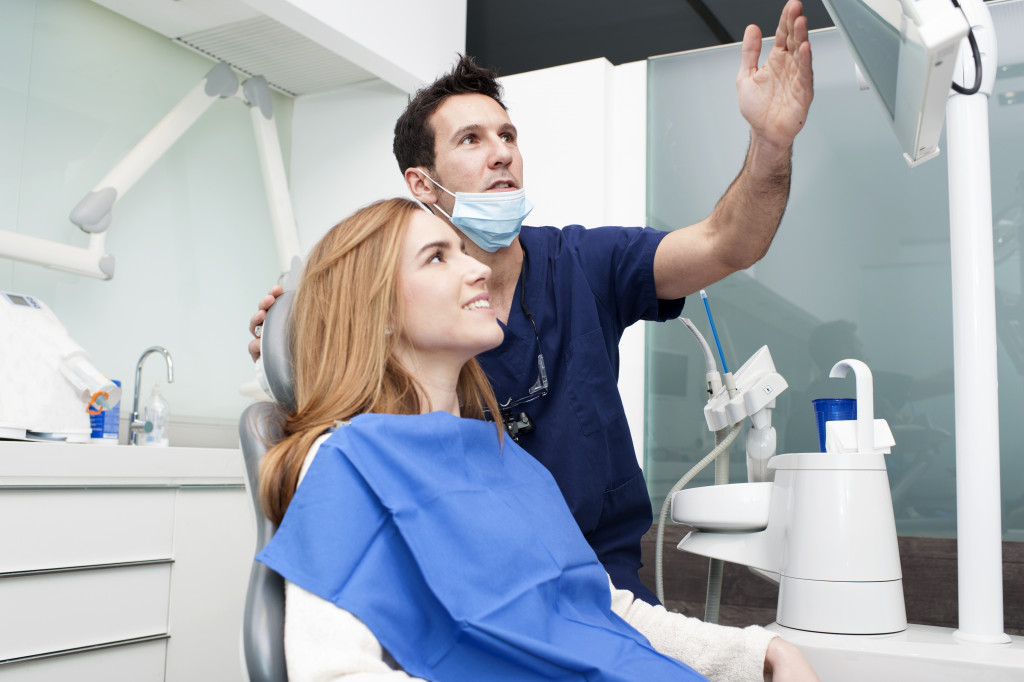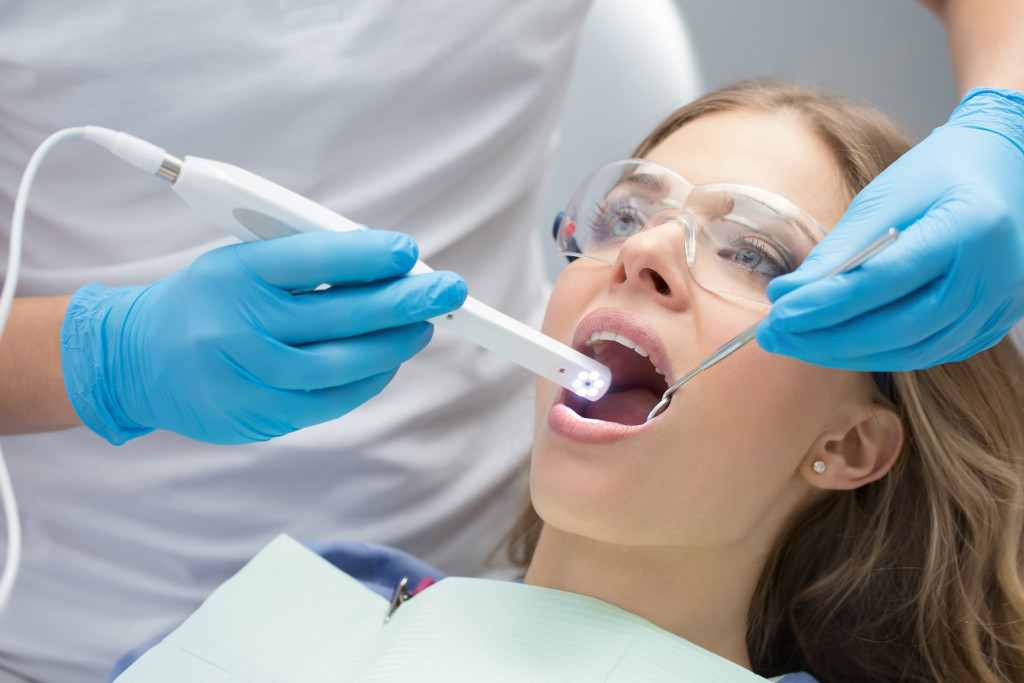Disclaimer: This website provides health information for educational purposes only and is not a substitute for professional medical advice, diagnosis, or treatment. Always seek the guidance of a qualified healthcare provider with any questions you may have.
Much like any practice in the medical community, dentists will require various tools to provide care to their patients. These devices and tools allow them to better look at teeth, apply fillings or crowns, and conduct other necessary procedures.
To say that medical devices are essential for dentists would be an understatement — they are critical! Without such tools, it would take dentists much longer and require more effort to do their jobs properly. So, what are some of the most critical medical devices you should get for your dental clinic?
Here are five technologies you should consider:
1. 3D Printers
The dental industry is still in its infancy when it comes to 3D printers, which have mainly been used to create models for dental implants and dentures. However, 3D printers are now being used to create custom dental crowns, bridges, and even braces.
This device has the potential to revolutionize the way dentists do business. Instead of waiting days or weeks for dental appliances to be created in a lab, 3D printers can make them in a matter of hours or sometimes even minutes.
Understandably, 3D printers are quite expensive, but because their price is dropping rapidly, more and more dentists will be able to afford them soon. Plus, 3D printers will become even more affordable and accessible as the technology improves.
2. Dental Lasers
Dental lasers are used for various procedures, including teeth whitening, cavity preparation, and gum surgery. These lasers can be used to remove tooth decay without drilling, and dentists can also use them to remove gum tissue without cutting.
Of course, not all dental procedures can be done with lasers, but they are becoming increasingly popular in the dental industry. This is especially true for minimally invasive procedures, which decrease the need for sutures and reduce the risk of infections.
Aside from those advantages, laser dentistry can also lead to faster healing times and less discomfort for patients. This is a massive benefit for those deterred by the thought of going to the dentist because of painful procedures.
3. Digital X-Rays
Digital x-rays are the latest technology in digital radiography. These devices use less radiation than traditional x-rays, and they provide a clear digital image that can be enhanced and zoomed in on for closer examination. This means that dentists can better look at their patients’ teeth and identify problems more quickly.
In terms of diagnosing dental problems, digital x-rays are far superior to traditional x-rays because they give more accurate results. They are also safer for patients, which is always a top priority in the healthcare industry because radiation exposure can be harmful.
Furthermore, digital x-rays are more comfortable for patients because they do not have to endure the discomfort of holding a film in their mouth. This is especially beneficial for young children who often have difficulty sitting still during dental procedures.
4. Intraoral Cameras
An intraoral camera is a small, handheld camera that takes high-definition pictures or videos of the inside of the mouth. Dentists often use this camera to get a closer look at the teeth and gums without the associated discomfort of traditional dental mirrors.
Intraoral cameras have many potential benefits for both patients and dentists. They can provide patients with a more comfortable and less invasive experience. In addition, intraoral cameras can help patients better understand their dental condition and treatment options.
On the other hand, dentists can use intraoral cameras to detect problems earlier and document dental procedures more accurately. Intraoral cameras can also help dentists communicate more effectively with their patients by providing clear visuals and explanations.
5. Virtual and Augmented Reality
While dental care has come a long way, many people still fear going to the dentist. Some dentists combat this by using virtual reality (VR) and augmented reality (AR) to help ease patient anxiety through immersive experiences.
These modern technologies can help take patients’ minds off their surroundings and make them feel more relaxed during procedures. Some studies have even shown that VR can help reduce pain and anxiety since patients are distracted from what’s happening around them.
If you’re looking for ways to make your dental practice more appealing to potential patients, investing in VR and AR technology may be a good option. Of course, it’s essential to remember that these technologies come with a hefty price tag. But if you think it could benefit your practice, it may be worth the investment.
It’s crucial to stay up to date with the latest dental technology, which means investing in the best dental devices for your practice. Doing so can provide your patients with the best possible care and make your practice more efficient and profitable.


